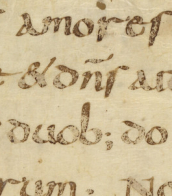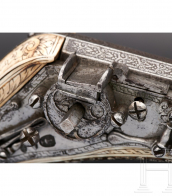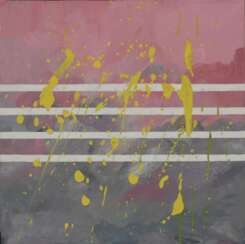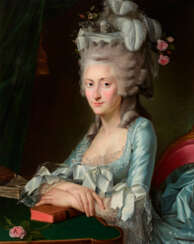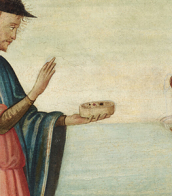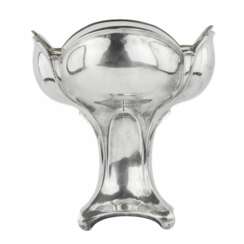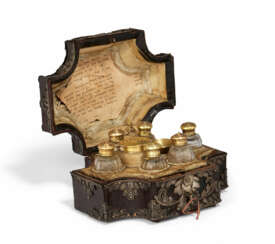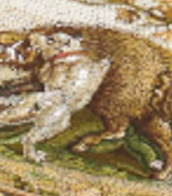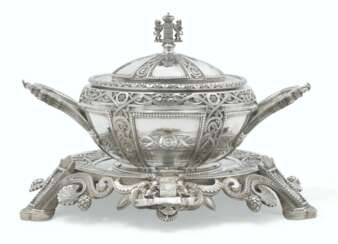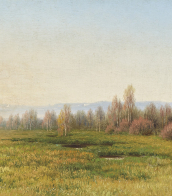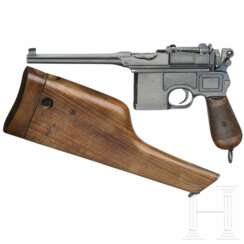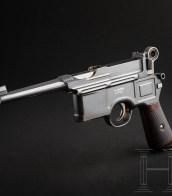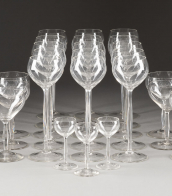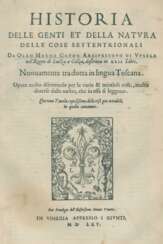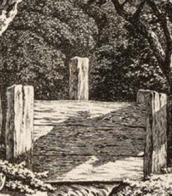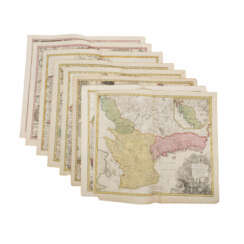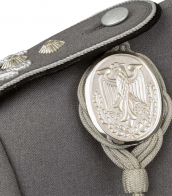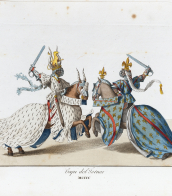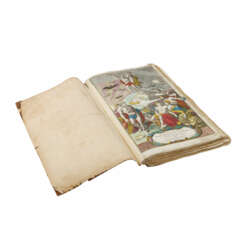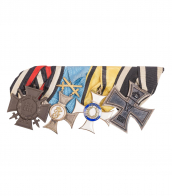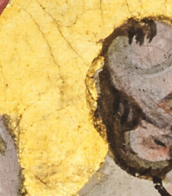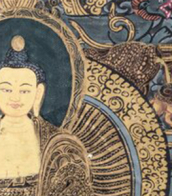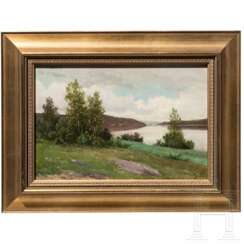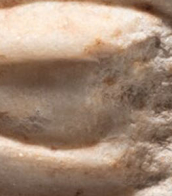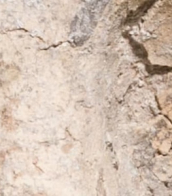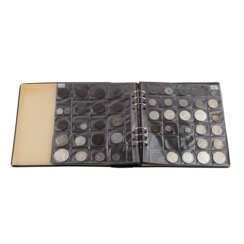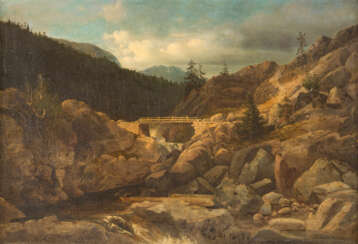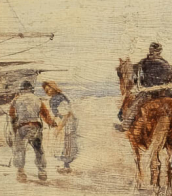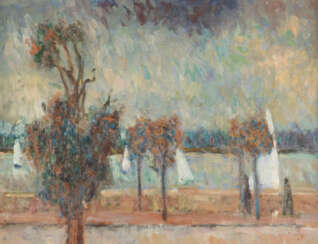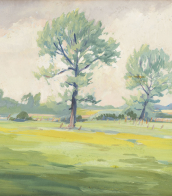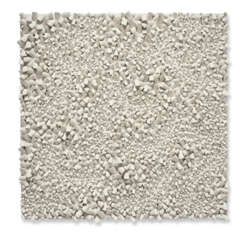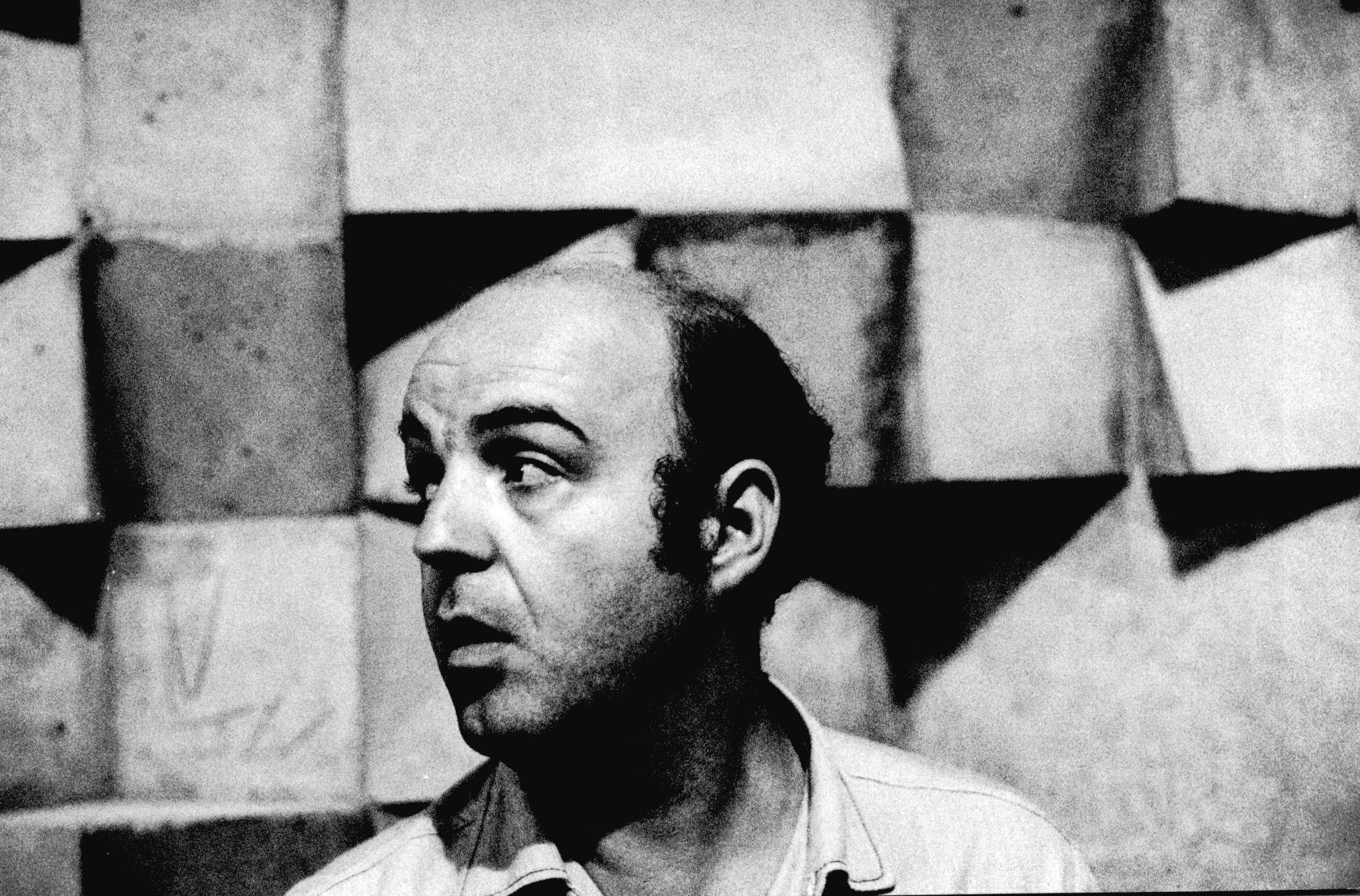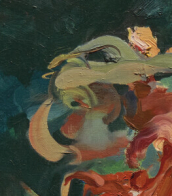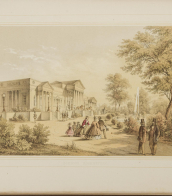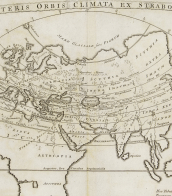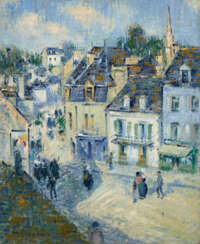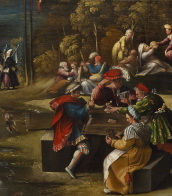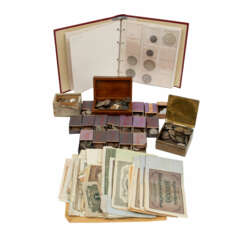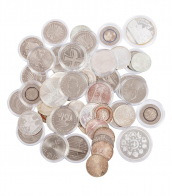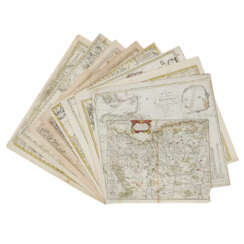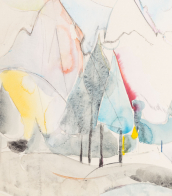341 Items by auctions and galleries:
scandinavia
Scandinavian line/Скандинавские линии
Sofia Pirogova (b. 1991)  Shop Pirogova Sofia
Shop Pirogova Sofia

Sofia Pirogova
09.01.1991
Russia
Искусство - это моя связь с миром. Это мое общение со зрителем.
Я чувствую, что что-то невидимое ведет меня за руку и рождает искусство.
Я благодарна эпохе общения за то, что поделилась своей работой с людьми по всему миру.
Ваша онлайн-платформа даст мне возможность найти хороших владельцев для моих работ.
Ведь я хочу, чтобы они приносили эмоции и радость ценителям необычных идей.

Artist shop
Pirogova Sofia
Russia
Number of products: 9
Lot 805 GUSTAVE LOISEAU (1865-1935)
Gustave Loiseau (1865 - 1935) 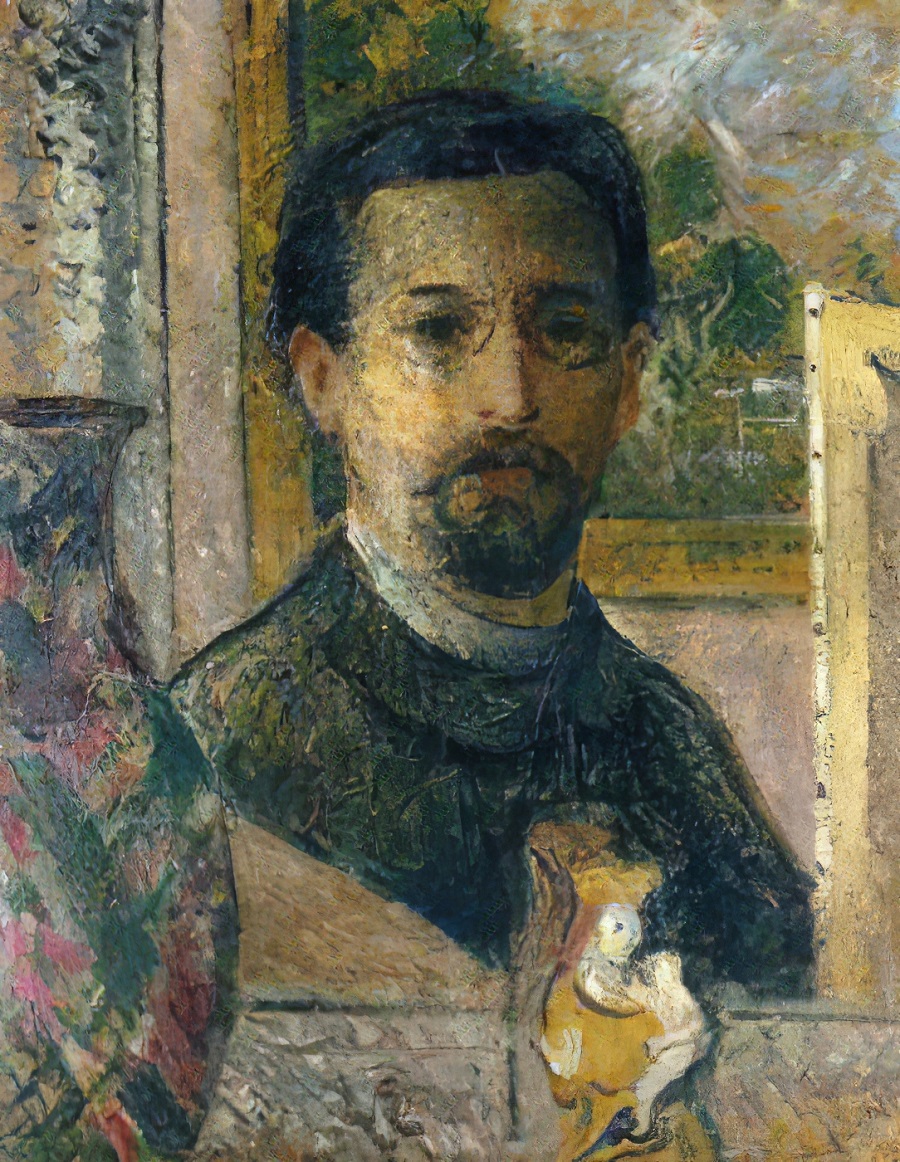 Impressionist and Modern Works on Paper and Day Sale
Impressionist and Modern Works on Paper and Day Sale 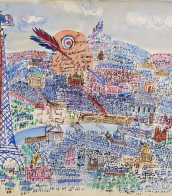

Gustave Loiseau
10.03.1865 - 10.10.1935
France
Gustave Loiseau was a French artist known for his landscapes and scenes of the Parisian streets.
In 1890, Gustave Loiseau first travelled to Pont-Aven in Brittany, where he met Paul Gauguin and Emile Bernard. Having experimented with pointillism, he adopted his own approach to post-impressionism, painting landscapes directly from life. His technique, known as en treillis or cross-hatching, gave his works a special quality.
Gustave Loiseau's paintings, which reveal his passion for the seasons from the early spring to the late autumn harvest, often depict the same garden or garden scene over time. Series of this kind, which also include cliffs, harbours or churches, are reminiscent of Claude Monet.

CHRISTIE'S
Impressionist and Modern Works on Paper and Day Sale
Date: 14.05.2022 11:30 UTC -05:00
Number of lots in the catalog: 202


